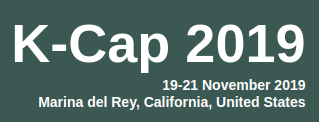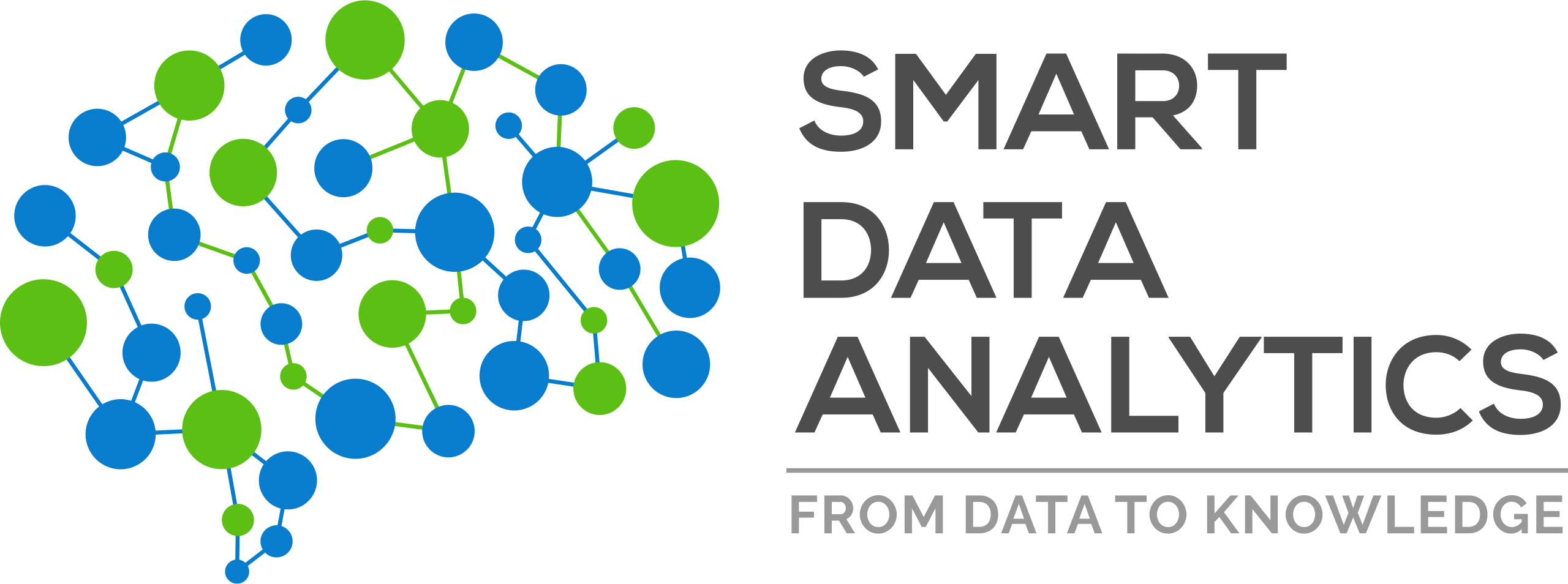
We are very pleased to announce that our group got a paper accepted at the K-CAP 2019: The 10th International Conference on Knowledge Capture conference, which will be held on 19 – 21 November 2019 Marina del Rey, California, United States.
The 20th International Conference on Knowledge Capture aims at attracting researchers from diverse areas of Artificial Intelligence, including knowledge representation, knowledge acquisition, Semantic and World Wide Web, intelligent user interfaces for knowledge acquisition and retrieval, innovative query processing and question answering over heterogeneous knowledge bases, novel evaluation paradigms, problem-solving and reasoning, planning, agents, information extraction from text, metadata, tables and other heterogeneous data such as images and videos, machine learning and representation learning, information enrichment and visualization, as well as researchers interested in cyber-infrastructures to foster the publication, retrieval, reuse, and integration of data.
Here is the pre-print of the accepted paper with its abstract:
- “GizMO — A Customizable Representation Model for Graph-Based Visualizations of Ontologies” by Vitalis Wiens, Steffen Lohmann, and Sören Auer.
Abstract: Visualizations can support the development, exploration, communication, and sense-making of ontologies. Suitable visualizations, however, are highly dependent on individual use cases and targeted user groups. In this article, we present a methodology that enables customizable definitions for the visual representation of ontologies. The methodology describes visual representations using the OWL annotation mechanisms and separates the visual abstraction into two information layers. The first layer describes the graphical appearance of OWL constructs. The second layer addresses visual properties for conceptual elements from the ontology. Annotation ontologies and a modular architecture enable separation of concerns for individual information layers. Furthermore, the methodology ensures the separation between the ontology and its visualization. We showcase the applicability of the methodology by introducing GizMO, a representation model for graph-based visualizations in the form of node-link diagrams. The graph visualization meta ontology (GizMO) provides five annotation object types that address various aspects of the visualization (e.g., spatial positions, viewport zoom factor, and canvas background color). The practical use of the methodology and GizMO is shown using two applications that indicate the variety of achievable ontology visualizations.
Acknowledgment
This work is co-funded by the European Research Council project ScienceGRAPH (Grant agreement #819536). In addition, parts of it evolved in the context of the Fraunhofer Cluster of Excellence “Cognitive Internet Technologies”.
Looking forward to seeing you at The K-Cap 2019.

